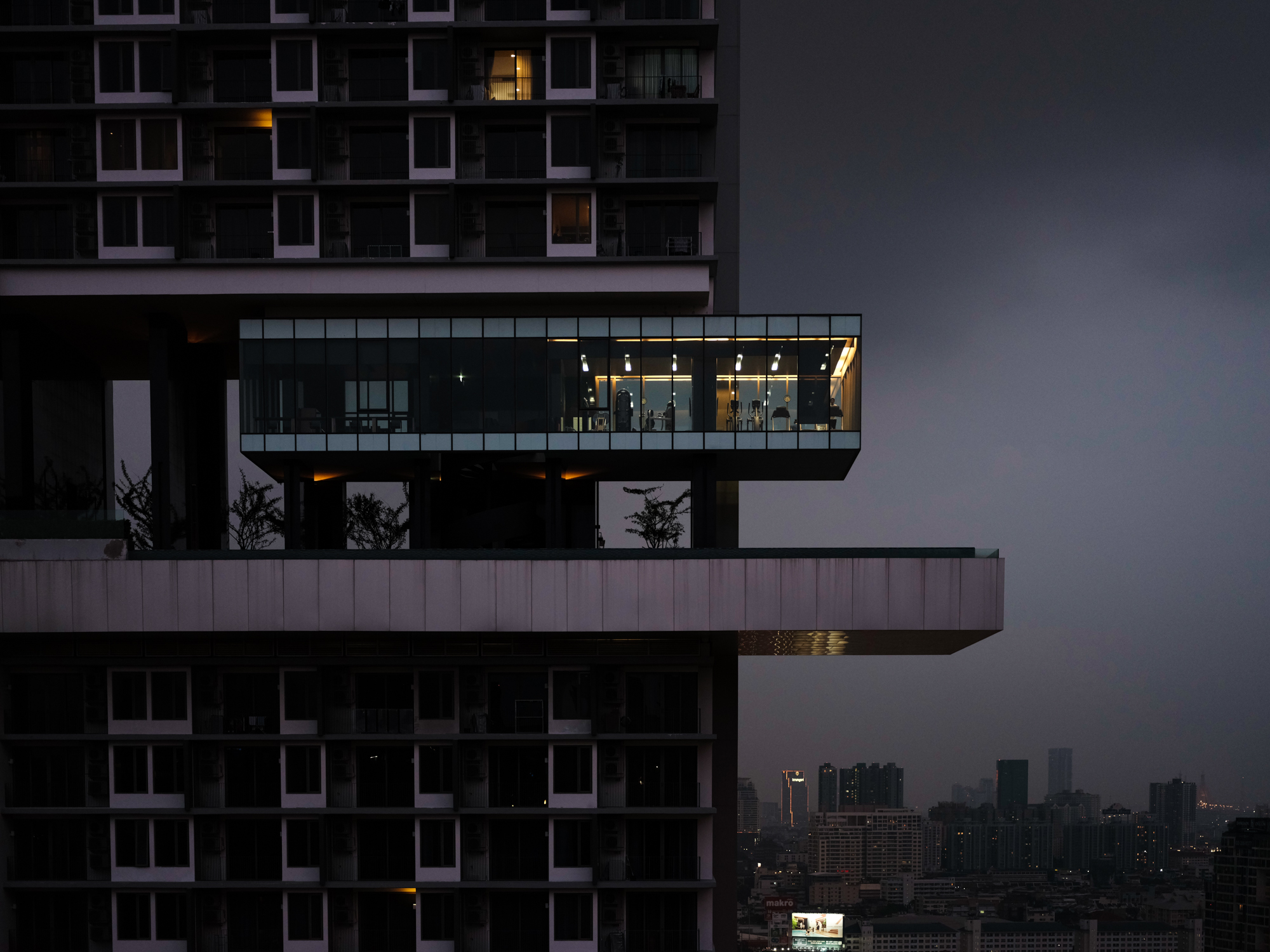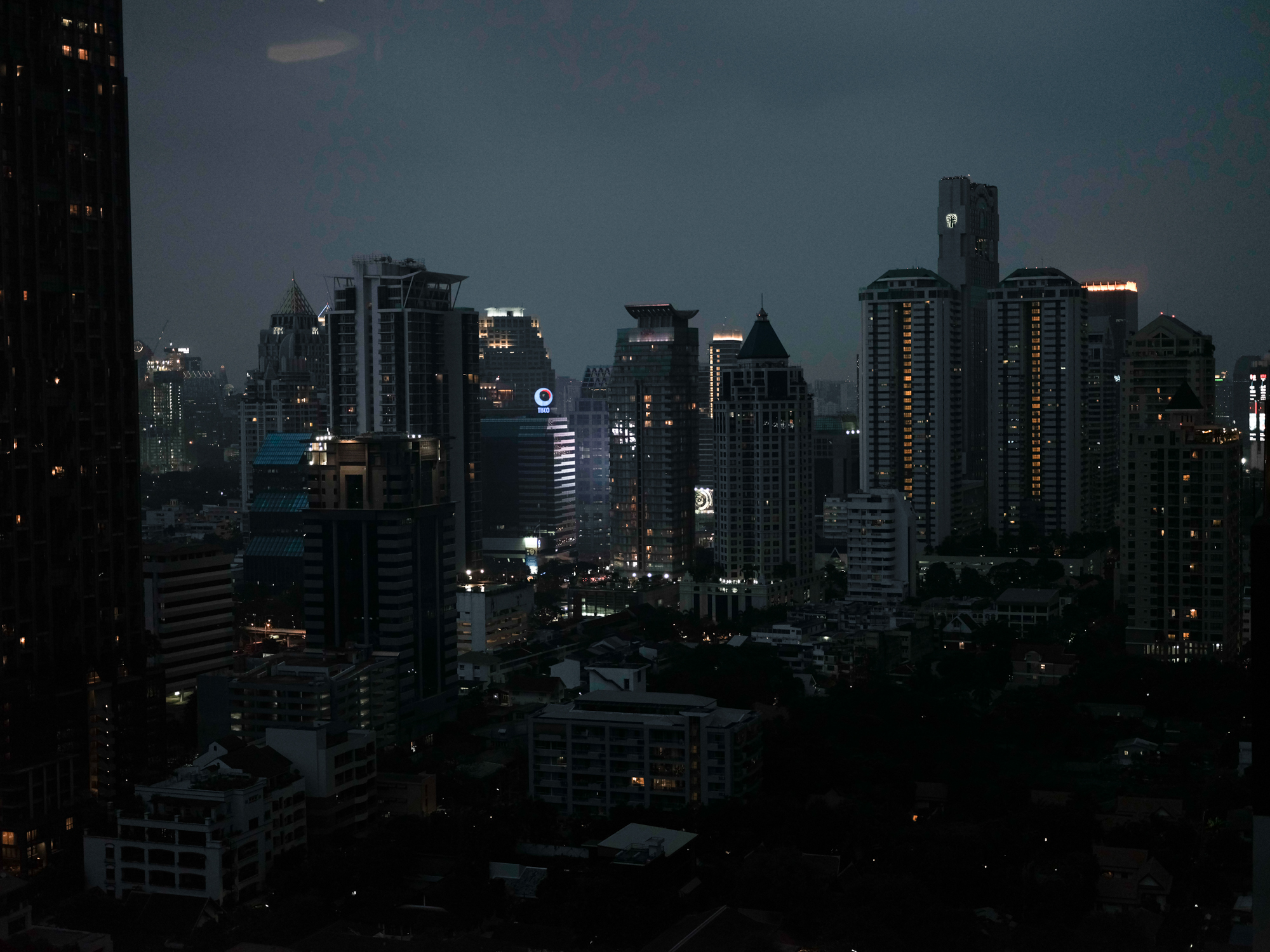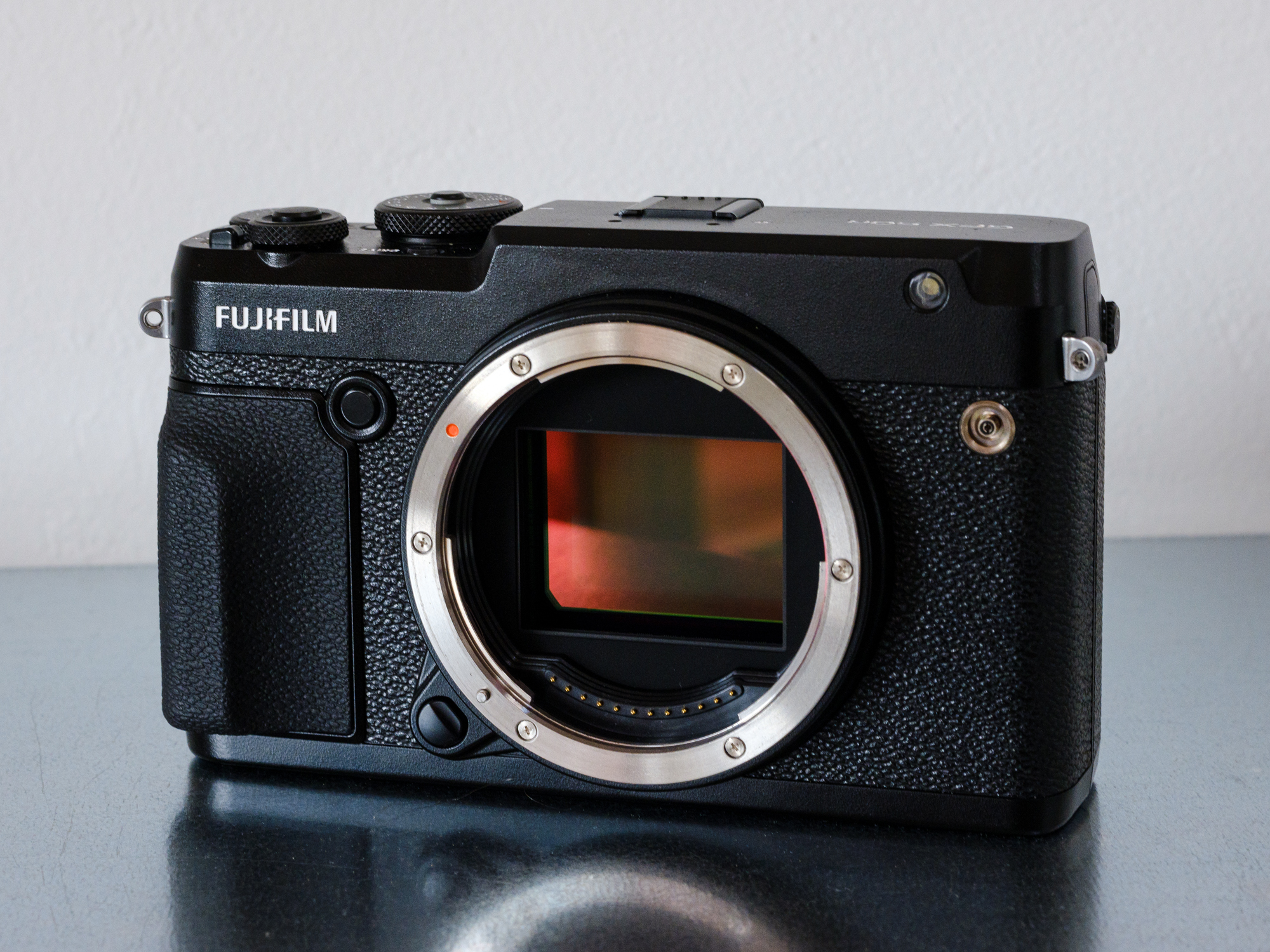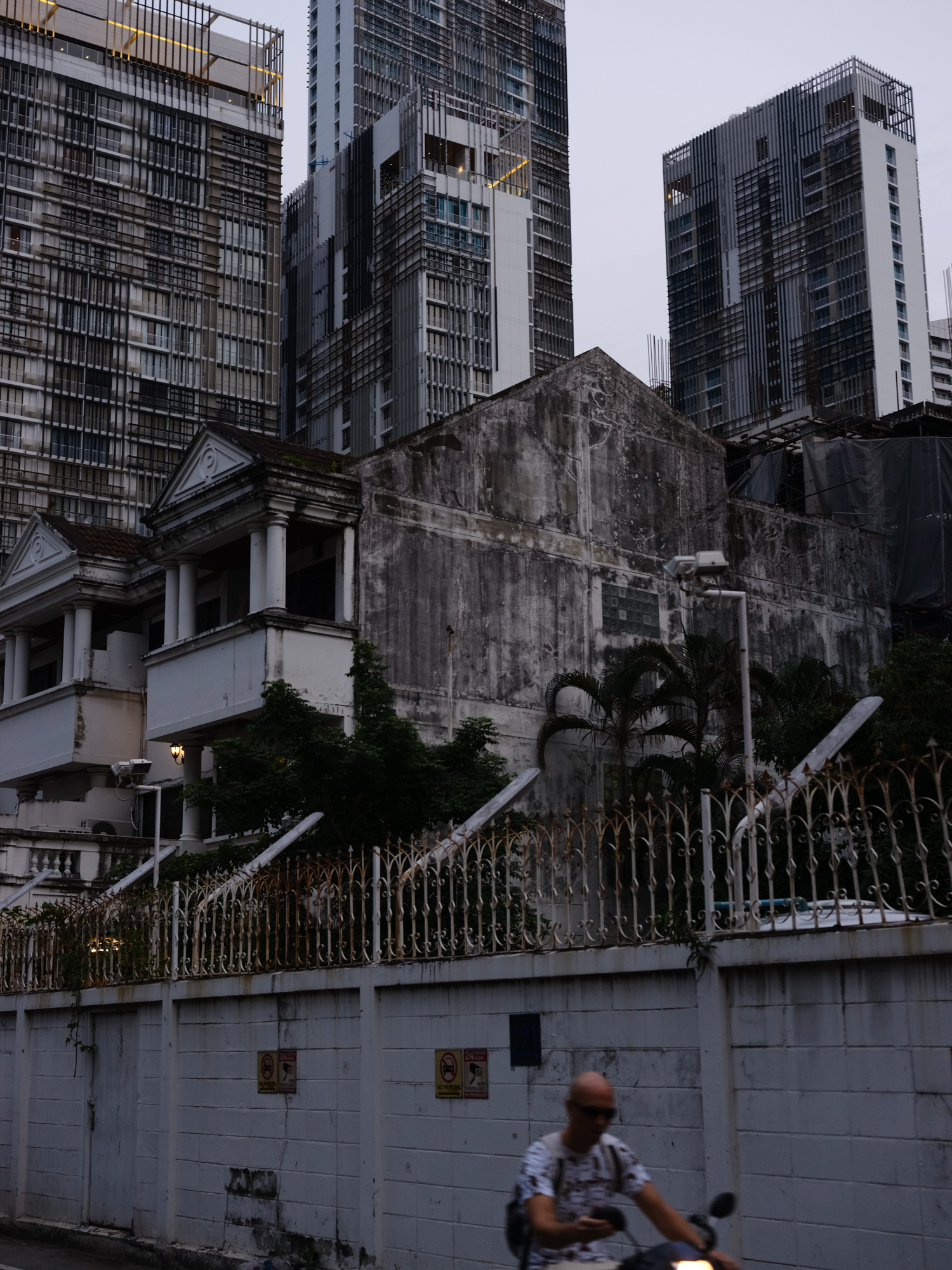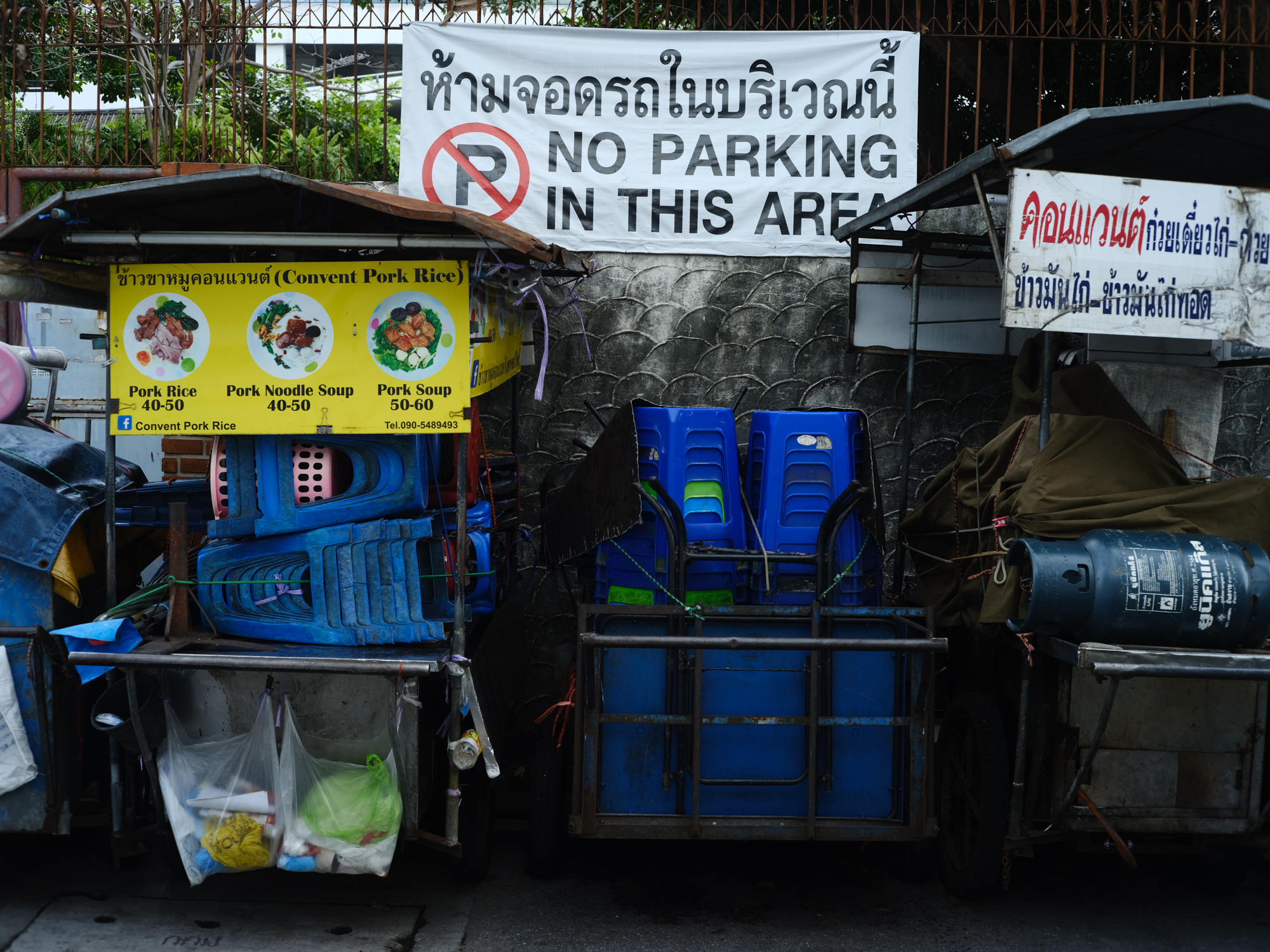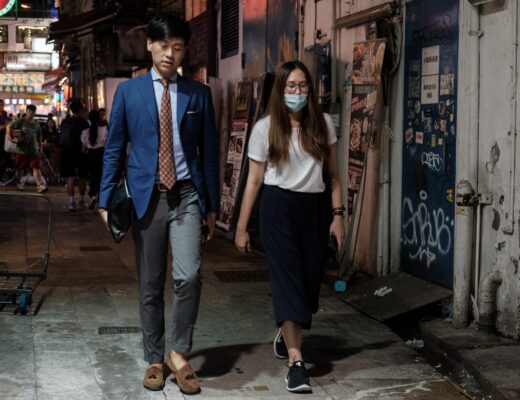I already own the GFX 50S and love it dearly for its image quality. I always felt that it would be nice though to achieve the same results with a rangefinder style body, since I prefer not having my left eye covered with part of the camera. I was understandably excited when I got news from Fujifilm Switzerland that they would lend me a preproduction model of the upcoming and new Fujifilm GFX 50R medium format camera, where the “R” stands for rangefinder.
Featured image above: courtesy Jonas Rask.
I am an official Fujifilm X-Photographer and as such get to test new gear from time to time. I was not asked to do this review nor am I paid for it by Fujifilm and the opinions stated in this review are my own. Since I received a preproduction model, image quality and behaviour of the may not be final yet. Even though Lightroom already reads the RAW files (but no film simulations applicable yet) all images are JPG SOOC with occasional minimal adjustments (contrast with curves, shadows, highlights).
During the wet season Bangkok consistently witnesses severe flooding of its streets due to its rapid growth, urban planning and missed opportunities and various other reasons. I recently had the opportunity to travel to Bangkok to document this and brought along the GFX 50R to see how the camera will hold its own in a real world shooting environment. Not being sure how the camera will perform and since it was a preproduction model I brought a GFX 50S body along as a backup camera, but… I never took it out of the bag.
I am much more a user of a camera and don’t obsess about technical details and all that stuff. This review is therefore much more about how it is to shoot with the GFX 50R and much less about specifications and such. If you are interested in all the detailed specs head over the official Fujifilm website where you will find all your heart desires.
The heart of the camera: sensor, processor and viewfinder
As mentioned before, the “R” in GFX 50R stand for “rangefinder” and this camera is a so-called rangefinder style camera (a rangefinder is a special focusing mechanism to measure distance and typically the viewfinder of such cameras was/is located at the top left) with the viewfinder being located at the top left of the camera. Since it is not a true rangefinder focusing mechanism (with split screen and two overlaying images), but an electronic focusing system, cameras such as the GFX 50R or the X-Pro- and X100-Series are called rangefinder style cameras. The GFX 50R has only an electronical viewfinder (EVF) and no dual viewfinder including an optical viewfinder (OVF) like the X-Pro- and X100-Series. I assume that this is due to the high manufacturing cost of a dual viewfinder and achieving a lower market price as well as most GF lenses being too large and sticking too much into the field of vision of an OVF.
The GFX 50R sports the exact same 43,8 x 32,9 mm CMOS-sensor with 51,4 Megapixel like the GFX 50S and the same X-Processor Pro as well.
The image quality is beautiful and delivers that gorgeous look where I feel I can step right into an image. With a medium format sensor, I have much more room for adjustments while colors and tones have more depth and are richer and transitions from shadow to light and between colors are much smoother. This is the look I fell for with the GFX 50S and I get the same look with the GFX 50R. While talking about look: the GFX 50R has the same film simulations available (no Eterna) as well as the color chrome effect (thanks to the X-Processor Pro’s power) and all the different aspect ratios (like 4:3, 3:2, 16:9, 1:1, 65:24, 5:4, 7:6) like the GFX 50S.
The AF-System is improved with now either 117 or 425 of focus points with single point, zone and wide/tracking modes. Autofocus speed is improved. What I noticed while shooting was quite a long black out after pressing the shutter button until the EVF display is back on and I sometimes missed shots due to this. The black out of the GFX 50R is much longer than the one of the GFX 50S which I think is due to it still being preproduction firmware. I can see no reason why not the same black out time as that of the GFX 50S could be achieved since it is the same sensor and processor.
Let’s talk about the camera body itself
At the first sight the GFX 50R still looks big and it in is fact not much smaller than the GFX 50S. The GFX 50R lost that ugly box sticking out of the of the GFX 50S where part of the battery is in, the grip is much smaller and the camera has no detachable viewfinder. This makes the camera a little less high and considerably slimmer, while it is about the same width. Picking it up and while shooting with it, it feels smaller, better balanced and less unwieldy. The weight of the preproduction model I had was 797 grams (incl. battery and no memory cards), which is 156 grams less than my GFX 50S with battery (weighted on the good old kitchen scale).
Compared to the GFX 50S, the GFX 50R also lost the secondary LCD display on top of the camera where there are now only the shutter speed dial, a dedicated dial for exposure compensation (!), the power switch (no longer together with the shutter button), the shutter button in combination with a command dial and two customizable buttons. There is no dedicated ISO-dial but the dial around the shutter button can be customized to various functions like changing aperture or shutter speed when shooting in automatic mode or like I did, to change ISO. This worked perfect for me and I prefer this way much over the combined ISO/shutter speed dial of e.g. the X-Pro2.
At the front of the camera there is one customizable button, the sync terminal and compared to the GFX 50S no longer a front command dial. On the left side of the camera is a microphone jack/remote release connector and the diopter adjustment control which now can be locked (finally! and same as with X-T3), while the two memory card slots and an HDMI micro connector (Type D) are on the right side of the camera. The battery slot door is now at the bottom of the camera, which takes the same batteries as the GFX 50S as well as a USB connector (Type C) and a 15 V DC IN connector.
At the back there is a tiltable touch screen LCD monitor (only up and down, not sideways), the menu and the playback button, the joystick as well as several customizable buttons. The Q-button sits still on top of the thumb rest (now smaller) and the GFX 50R lost the selector buttons (also known as D-Pad) which should be compensated with the touch screen and its additional swipe functions (not a fan of these). The focus mode selector (SCM) is now also on the back of the camera which I personally find great!
I much prefer the layout of the GFX 50R over the one of the GFX 50S. It allows me to set up the camera in a way that I can set all the important functions with my right hand only while shooting and don’t ever need to lower the camera from my face to change settings. This makes for a very efficient shooting and the setup felt very intuitive to me. I most of the time shoot in full manual mode and set aperture, shutter speed and ISO myself. The touch screen LCD is useful to flick through the images when looking at them and zooming in parts of the images. For shooting I deactivate the option to set the focus point most of the time. I find that I often accidentally changed the position of the focus point with my nose touching the screen (maybe my nose is just too big, I don’t know…) which was rather vexing. I wished that the touch screen would also work in the menu structure, but it didn’t (at least not with the preproduction model I had).
What I don’t like very much are again the position of the Q-button on top of the “thumb-rest” because I accidently touch it while carrying the camera while walking. The rear command dial does not stick out far enough for me to press it easily to zoom in on the focus point while shooting in manual focus mode.
I shot most of time with either the 45mm f/2.8 R WR or the 63mm f/2.8 R WR which are my go to lenses and the body feels nicely balanced with both. The grip on the front of the body is much smaller than on the GFX 50S and I would like to see something like the additional hand grip (the MHG-XPro2) that is available for the X-Pro2 just to have a bit more to grab. When shooting with the zoom or the longer lenses (like the 110mm or 120mm) the grip is too small for my taste and I definitely prefer the larger grip of the GFX 50S for larger lenses.
No camera is perfect and there will always be some minor issues. All in all, I am very happy with how the camera is designed and my issues stated above can easily be solved with small workarounds. It was a joy working with the GFX 50R and it performed beautifully.
The actual shooting
I used the camera in very humid and hot conditions (monsoon season with temperatures up to 34° C) and was happy with the weather sealing. I had no issues with moisture even when shooting in torrential rain where I got completely soaked or building up of heat. I used the GFX 50R like I did the X-Pro2: handheld, without a tripod and often reacting to something I saw on the streets. I did not test it scientifically, but it feels like the autofocus of the GFX 50R is a tad faster than that of the GFX 50S.
As mentioned above I shoot documentary and hardly ever use a tripod. I find it too cumbersome and it prevents me from going with the flow or unfolding of a scene. The GFX 50R (as is the GFX 50S as well) is absolutely capable for that type of shooting. I only tend to shoot with higher shutter speeds than with the X-Pro2 (about twice to three times the focal length in split seconds, e.g. 1/125thwith the 45mm and 63mm lenses) to avoid blur from handshake. Apart from this, I use it in the exact same way as the X-Pro2 or X100F. With all the options to customize the various buttons to one’s needs and the new layout I was able to set up the camera such that I could change all the essential settings with my right while shooting. This is amazing and for me a big improvement over the cumbersome layout of the GFX 50S.
When shooting in a new city I try to walk as much as possible (you just see so much more than from a Skytrain or a taxi) and Bangkok was no exception. I can easily carry the GFX 50S with one hand all day using a cuff only while I find the grip of the GFX 50R to be a little too small for my taste to do this comfortably and used a strap to prevent the camera from accidentally slipping from my fingers. I walked up to 20 kilometres per day and carried the camera with a strap like I would carry a sling bag over my left shoulder and had no problems because of weight or size. I hardly ever got any stares from people when shooting or carrying the camera nor did people react negatively when I pointed the camera towards them to ask them non-verbally if I could photograph them. It did not feel like a big camera and people’s reactions corroborated this feeling.
All in all I am extremely happy with GFX 50R and enjoyed making photos with it very much. The camera’s button layout is very intuitive, and I immediately felt at home with it. My only gripe at the moment is that I will had to return the preproduction model and will have to wait until the final version will be shipping. Going back to GFX 50S, it feels cumbersome and big and not as convenient for shooting anymore as it used to.


